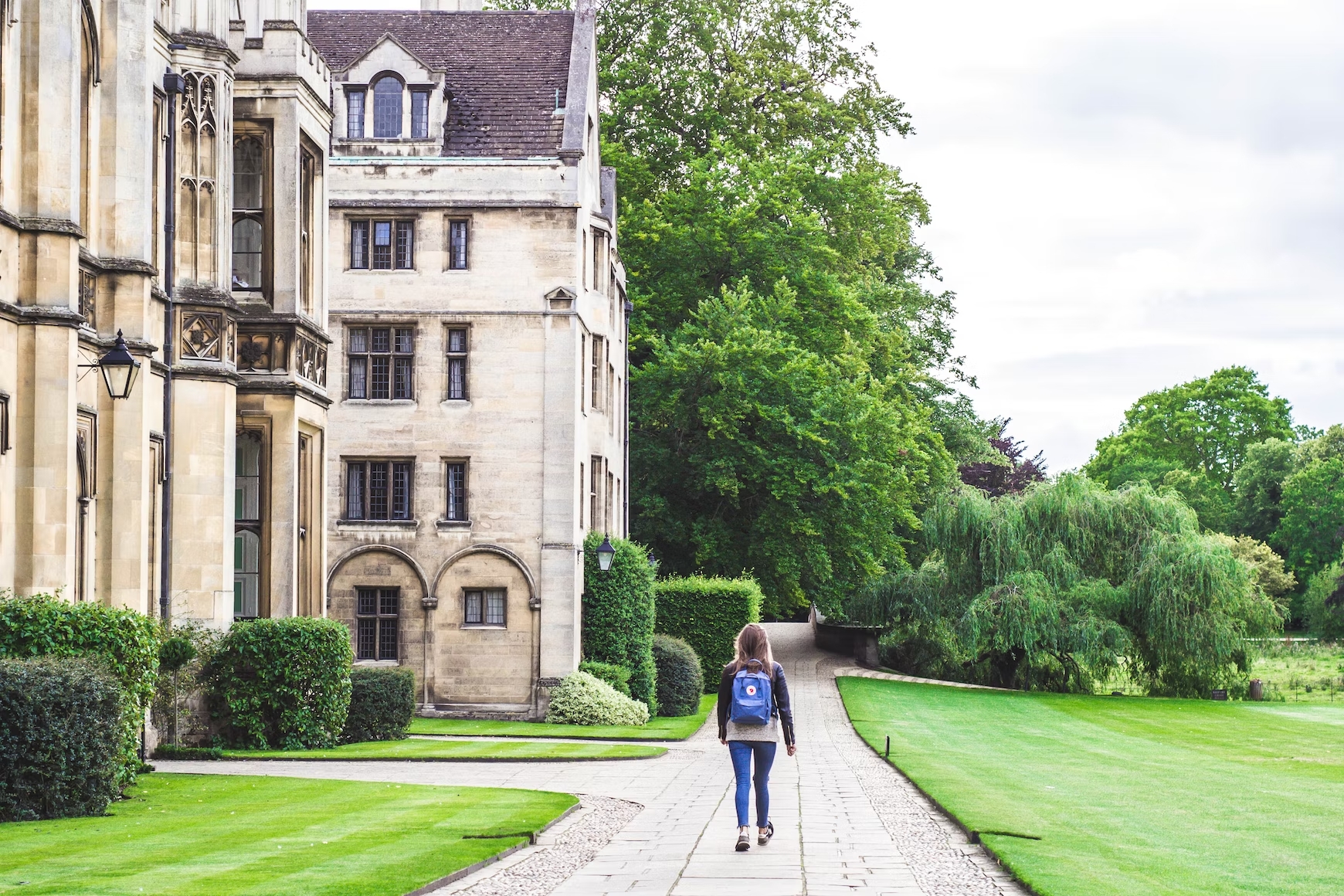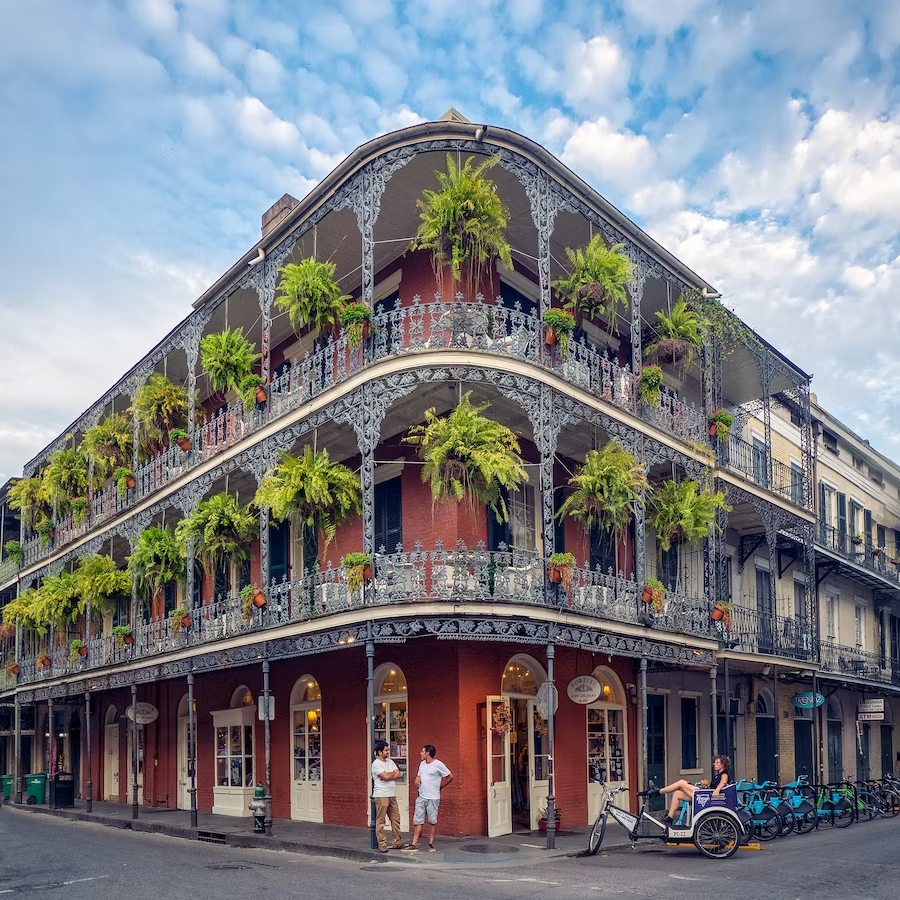Choosing the right college for you is very important and involves many contingencies. Academics, cost of living, location, and culture all need to be incorporated into your decision-making process.
Likewise, there are also qualities a college is looking for in the students it accepts.
College admissions officers ask questions like, “How will this candidate benefit our institution?,” “Does this candidate hold the same values as our institution?,” and “Is this candidate well-rounded both inside and outside the classroom?.”
Some of the colleges likely in your purview are the estimable Ivy League institutions. The “Ivy Leagues” include Brown University, Harvard University, Cornell University, Princeton University, Dartmouth University, Yale University, Columbia University, and the University of Pennsylvania. The admissions offices of these institutions will be asking these types of questions, but at a much higher level. And putting in a great deal of work answering their many deep application and interview questions does not ensure acceptance. In fact, Ivy Leagues are at an average record low rate of acceptance: at around 4%.
Therefore, it is of the utmost importance to remember that Ivy Leagues are not the only high-achieving schools. There is an abundance of amazing, competitive, and respectable colleges to choose from. Of the remarkable schools out there, look no further than the Hidden Ivies.
What are the Hidden Ivies?
The phrase “Hidden Ivies” was coined by Matthew and Howard Greene in their book The Hidden Ivies. The phrase refers to six groups of colleges that accept some of the brightest minds throughout the world. These groups are:
1) The Seven Sisters
2) Jesuit Ivies
3) Southern Ivies
4) Little Ivies
5) Public Ivies
6) Black Ivies
Each Hidden Ivy group differentiates itself from its competitors by embracing the unique cultural and academic strengths of its student body. Let’s go through the defining characteristics of each group.
The Seven Sisters
The Seven Sisters is a highly selective group of historically women’s colleges in the Northeastern United States. Today, five of the seven colleges still only admit females. These five women-only colleges are Barnard College, Bryn Mawr College, Mount Holyoke College, Smith College, and Wellesley College. Of the remaining two, Vassar College is now coeducational, and Radcliffe College has since been absorbed by Harvard College.
These colleges are “devoted to empowering young women to pursue their passions.“ The “passions” these colleges focus on vary. But within each offered curriculum, there is an emphasis on interdisciplinary learning, research, and progression into specific fields of interest.
For example, each student at Barnard College must complete a range of courses involving empirical thinking, science, arts and humanities, major requirements, and a senior project.
The acceptance rates of the Seven Sisters colleges range from 11.5% to 52.3%.
The Jesuit Ivy
The Jesuit Ivy League is the least familiar of the Hidden Ivy groups. This is partly because of its emphasis on the Jesuit religion, a belief system stemming from the Catholic faith, which heavily focuses on missionary work and traditional Christian values. The most familiar Jesuit Ivy colleges are Boston College, Georgetown University, College of the Holy Cross, Santa Clara University, Saint Louis University, Fordham College, and Gonzaga University.
However, Boston College is ubiquitously treated as “The Hidden Ivy.”
Boston College was founded in 1863 by the Society of Jesus. The college first began as a “small streetcar college” until its student population exceeded its capacity. The college has since moved its campus to Chestnut Hill, Massachusetts. Since the college’s expansion, it has also developed prominent professional and graduate studies sectors.
In 2021, Boston College ranked 36th place among 443 national universities in US News & World Report’s “America’s Best Colleges 2022” for its high excellence in high graduation rates, students’ academic excellence, and faculty resources.
Boston College’s acceptance rate is a competitive 26.4%.
The Southern Ivies
As with many of the Hidden Ivies, there is no formal list to go off of. However, there is a colloquial understanding among academic groups of the top colleges that assemble the Southern Ivy Leagues. These colleges are:
- Emory University
- Rice University
- Duke University
- Tulane University
- Southern Methodist University
The Southern Ivies are among the most selective and prestigious colleges in the nation, having as low as a 7.7% acceptance rate and some of the best academic programs.
You may be asking yourself, “Why would I choose a Southern Ivy over, say, a Little Ivy?” Well, the answers to your question are situated within the realms of culture and athletics. For instance, Tulane University is situated in the heart of one of the most beautiful cities in the world, New Orleans. The key features of New Orleans are its diversity, nightlife, southern charm, and gothic architecture. Getting lost in the heat of the king of the swamp cities is a misty adventure waiting to unfold.
As for athletics, some of the top college teams bear the marks of Southern pride. For instance, Duke University is frequently in the finals of NCAA league tournaments, going head-to-head with UVA, UCLA, Vanderbilt (another Southern Ivy), and the other universities well-known for their athletic prowess. If you are an athlete looking to compete or a fan who loves to watch top players battle it out, you should consider a Southern Ivy.
The Little Ivies
Situated within the same geographic regions as the Ivy Leagues, the Little Ivies function as the Ivy League’s most fierce competition.
Aside from having slightly higher acceptance rates (ranging from 9-40%), the Little Ivies are named for their small student body size. For instance, Haverford College has only 1,420 students. Smaller schools with high-education standards have clear advantages. Namely, the ratio of students to professors will be low; you may have a class of 10 students rather than 100+ students. With a smaller student-teacher ratio, students of the Little Ivies will become familiar with their professors, thereby having more opportunities to seek clarification, discuss topics of personal interest, and gain more hands-on experience.
The list of Little Ivies includes, but is not limited to:
- Amherst College
- Bates College
- Bowdoin College
- Colgate College
- Haverford College
- Lafayette College
- Middlebury College
- Swarthmore College
- Tufts University
- Union College
- Vassar College
- Wesleyan University
- Connecticut College
Each of these colleges provides a unique experience, preparing you for a life teeming with opportunity, prestige, and the skill set you need to succeed.
Public Ivies
Public Ivies are higher-education institutions that pride themselves on tuition affordability as not-for-profit organizations. These colleges offer discounted rates for students who are residents within the state and heavily focus on STEM disciplines, such as mathematics, physics, chemical engineering, general engineering, computer science, and many more. They tend to have a very large student population (most ranging from 30,000 to 44,000) and boast an acceptance rate between 17.5% to 35%.
Although there are many runner-ups for Public Ivy status, the ones who made the list are::
- The College of William and Mary in Virginia
- Miami University in Ohio
- The many colleges of the University of California
- University of Michigan, the University of North Caroline at Chapel Hill
- University of Texas at Austin, Texas
- University of Vermont
- University of Virginia
If you are searching for a low-cost, high profile, and STEM-oriented college, look no further than the Public Ivies.
Black Ivies
The Black Ivies are a select group of colleges that have historically attracted African Americans with high academic excellence. Colleges esteemed academically rigorous enough to be classified within the Black Ivy League are Dillard University, Fisk University, Hampton University, Howard University, Morehouse College, Spelman College, Tuskegee University, and Clark Atlanta University.
Many of history’s most prominent African American cultural figures adorn the emblems of these colleges, including our Vice President Kamala Harris, actor Chadwick Boseman, music producer Sean “Diddy” Combs, actor Nick Cannon, Supreme Court Thurgood Marshall, and acclaimed writer Toni Morrison.
The Black Ivies are also renowned for their support systems. Many students of the Black Ivies choose their school over an Ivy League because they know that they will feel secure as themselves among like-minded peers and professors. For instance, the student demographics of Spelman College are 98.5% Black or African American.
But don’t just take it from us; listen to these four high school seniors who made the difficult, yet the right choice to attend the Black Ivy League: 4 High School Seniors on Why They’re Attending HBCUs Over Ivy League Schools | Teen Vogue.
The acceptance rates of the Black Ivies range from 30% to 76%.
Conclusion
Knowing which college is right for you isn’t always easy. Some of you may be on the fence between two options or you might be completely unsure. Nonetheless, it is necessary to determine which colleges best align with their values and goals before the application process. Of course, academic excellence should be the top determiner. However, there are other qualities to consider, such as the school’s cost, cultural norms, and distance from home.
Therefore, it makes sense to consider many of the other reputable options, such as the Hidden Ivies. These top schools are renowned, provide high-quality education, and are usually easier to be admitted into than Ivy League colleges.
Most importantly, remember that this is your choice to make. When you are researching colleges, look at all aspects of the colleges to ensure that you are happy with your decision. Be sure to consider not just academics, but also culture, demographics, cost, and each one of the colleges’ unique strengths. Some of you may care more about the location of the college is in, and some of you may care more about having a nice balance of fun and studying. The only way you’ll know which school is right for you is by doing research. Each school has everything you need to know on its website. For any additional questions you may have, the admissions offices are only a phone call away.
Now, it’s your move!
Need help developing the skillset you need for college? Want assistance with the college research and application process? WWT has you covered! Click here to connect with some of our top tutors.







